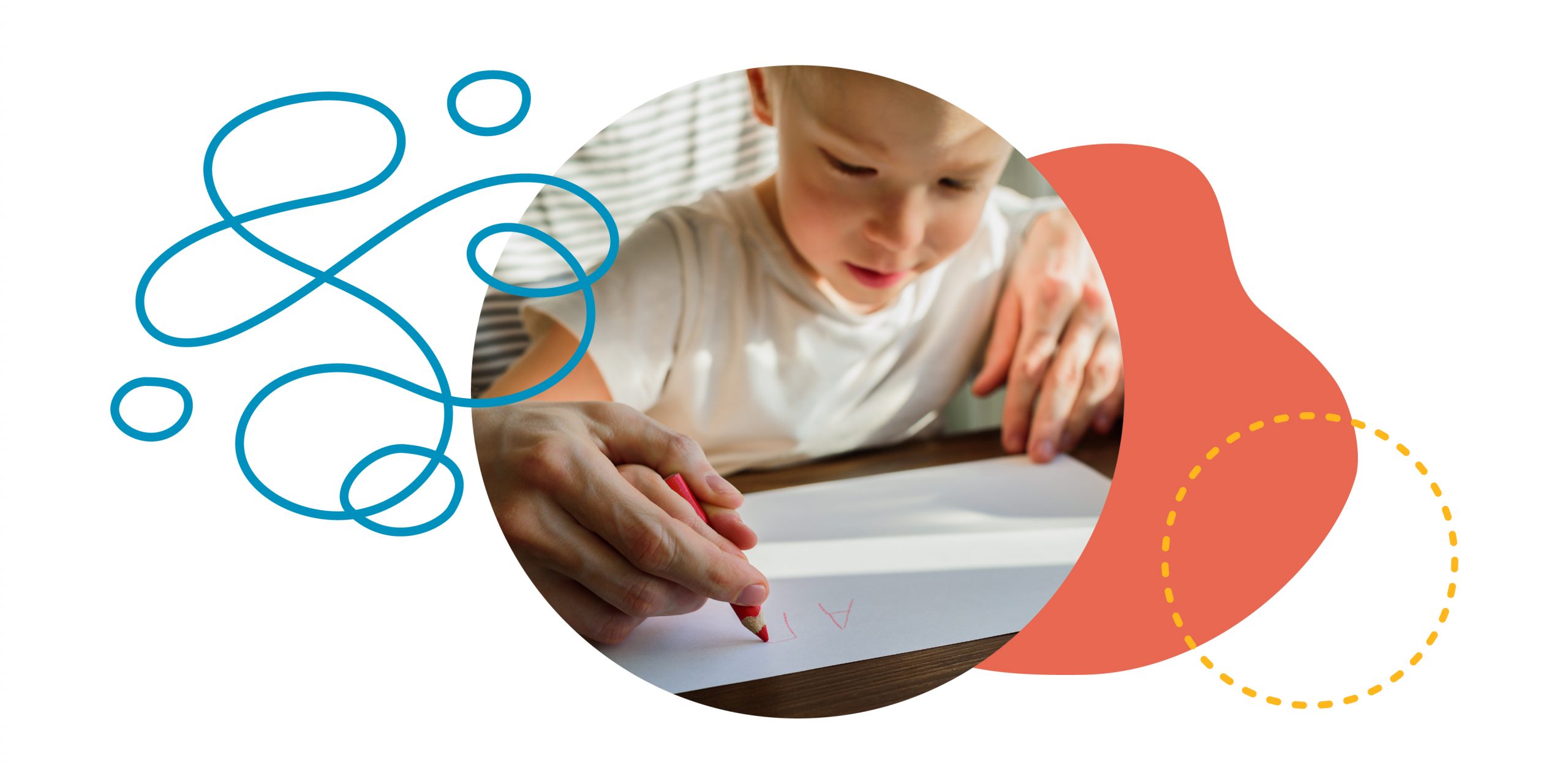 Written by Lorie Bonapfel, Children’s Librarian, Outreach Services
Written by Lorie Bonapfel, Children’s Librarian, Outreach Services
At the Library, when we read books with young children during a storytime it is so much more than a passive, one-way experience.
When children, parents, caregivers, and teachers leave the Library's storytime space, we hope that everyone walks away with a love for books and the stories they tell, but also that the adults in the room become inspired to try reading with the children in their care in a more interactive style. Reading this way increases the chances of children being ready to learn how to read when they enter kindergarten. So, using the American Library Association’s Every Child Ready to Read , opens a new windowmodel let’s explore together some fun ways to make your at-home reading time experience you and your child remember forever.
Read
Experts agree that a regular reading routine should be part of every child’s day. Even better news, this isn't a one-size-fits-all guideline. You can either find one time in the day or break reading times into several shorter sessions based on needs of your already busy day.
After you find your best time or times for reading, choose books that are not only fun for your child but fun for you, too. Children respond to your enthusiasm about the book. Children ages birth to 6 will learn more if things are repeated. So, read Pete the Cat, I Love My White Shoes for the hundredth time with gusto, just make sure new books are introduced as well.
Pay attention to what the words on the page look like, not just what they say. Authors and illustrators sometimes give you visual clues on how the words should be read. When words or phrases are repeated in the book encourage repeating them together loudly when they appear in the text. Practice the repeated word together before you read the book. Read with love, gusto, and repetition, and your child will respond.
Miss Ashley at the Anderson Branch demonstrates repeating phrases using the book Bloom Boom by April Pulley Sayre.
Sing
When we sing with children it breaks up the sounds in words, and when children can identify the sounds then they are better able to recognize them when they are learning to read. So, when a character in the story is singing their words, or their words might make a great song, make up a tune and sing. If something in the story reminds you of a favorite song, sing it for your child. Use the Library’s CD collection, LP collection, and our online music resources Freegal and Hoopla to find old classics and new favorites to share with your stories.
Mr. Mike at the St. Bernard Branch does both when reading Bear Moves by Ben Bailey Smith.
Play
When children have guided play experiences based on the book they are reading, they internalize or learn the story, and being able to tell a story is an important part of learning how to read. Have some play time as you are reading by playing along with the characters or action in the book. If the character waves to friend, stop and wave too. Active movement along with the words stimulates more parts of your child’s brain and their memory increases. After the story is read you can act out the book or use it to inspire a game of you or your child’s imagination.
Miss Marni at Northside plays a game with “apples” after reading Ten Apples Up on Top by Dr. Seuss (writing as Theo. LeSieg).
Write/Draw
For young children, drawing is writing and having regular time to do so benefits their learning of letters, words, and stories. Use the stories you read to inspire creative drawing projects. If the book is about soup, draw a bowl shape and have the child create the soup in the bowl based upon their favorite things to eat. Other shared writing activities include writing letters to the characters in the book so that the character has to write them back. A book fairy becomes your overnight mail carrier. You also can write a letter to a special family member and have your child tell them about what they are reading.
Mr. Clint at the St. Bernard Branch has some great art ideas based on the book It Looked Like Spilt Milk by Charles G. Shaw.
Talk
One of our goals when reading books together is to engage children in open-ended conversation where the child offers what they see, hear, and feel about the stories, and for us as adults to respond adding more vocabulary to what the child has said. When we do this with books, we are giving them additional vocabulary. Picture books use more difficult words than standard speaking conversations and the more they hear words like this, the better they are able to recognize them when they do start reading on their own. Ask the child to predict what might happen by the pictures when you turn the pages. If this feels strange at first, just keep trying and eventually it will become a treasured part of the reading experience. Finally, tell them your own stories and make the adventures you have with your child into storybooks for them to read.
Miss Kathy at the Miami Township Branch asks great questions as she reads Blocks by Irene Dickson.
Please check out more wonderful Storytime at Home videos on our YouTube channel, and join us for our Storytime at Home on our Facebook Live channel. You can instantly access many great picture books using the eBook resources on our website's Stream and Download page.
We'd also like to hear from you! Contact your local children’s librarian to help you find some fun stories for your own interactive storytime at home.


Add a comment to: Reading to Your Kids at Home Is About Much More Than Books